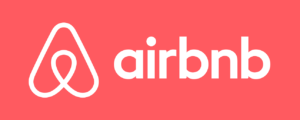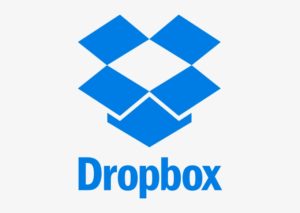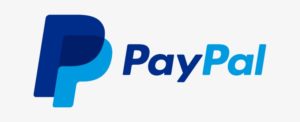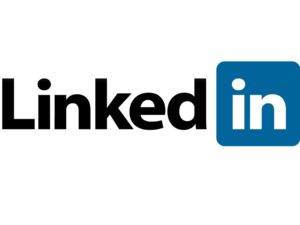
What is growth hacking?
The best way to understand growth hacking and what growth hackers do is to first understand what is meant by the term hacker. A hacker is someone who is more concerned with achieving an objective than following a prescribed process. In other words, hackers care more about what needs to get done than how it should get done. As a result, hackers often come up with innovative ways to get things done.
For example, a hacker may be trying to get unauthorized access to a computer system. It doesn’t really matter how he does it (and there often isn’t one specifically prescribed method) so long as whatever he’s doing gets him access. Because hackers are more concerned with what needs to get done than how it should get done, they tend to be pretty anti-authoritarian and also not do so well at bigger companies where they are expected to do things a certain way.
A growth hacker is a hacker whose objective is to grow the number of users for a specific product. While lots of people consider user growth to be a marketing function, this assumes that there’s only one way to get users (namely, marketing). But this isn’t true. In fact, more and moreover the last few years, we’ve seen new products grow from zero to millions of users with little to no marketing at all.
There are numbers of growth hacks surfing all over the internet! Growth has become so vital that now each and every startup prioritizes it. Here are some of the reasons why growth hacking has proven to be the top marketing strategy for today’s world.

BRANDING
If you’re going to stand out, you have to tell the story of how you’re different. For example, look no further than Netflix and Dollar Shave Club during their early years. In both cases, the upstart keyed on the customer pain points that their very well-funded competitors were failing to address.
Your growth hacking efforts should put you in front of leads that are looking for a product or service that will address their pain points. This is especially beneficial if you’re a newcomer in your space, so make sure you’re telling an interesting story.
SEO Benefits
The SEO benefits of blogging and social networking definitely can’t be overlooked. Whoever runs your PPC campaigns already has a great idea of what keywords have a history of good performance so get them involved in your growth hacking process too.
Lead Quality
Do you find that a portion of your marketing-generated traffic ends up as quote requests? On the surface that looks good, especially if that was your call to action. However, the story behind that interaction may not be what you’re hoping for. It could be a window shopper who is early on in the process or someone that has decided on an alternative product but needs to show competitive bids as part of their internal process.
Growth hacks used by famous startups.

Airbnb
- Let’s kick things off with one of the most famous growth hack examples: the Airbnb Craigslist hack. Airbnb is now famous for being the place where you can score affordable accommodation almost anywhere you travel, but in the early days, they needed to build their user base, customer base, and reputation.
The founders realized that people who were looking for alternative accommodation often searched on Craigslist, so they offered an option for Airbnb accommodation providers to copy their listing to craigslist with one click, verify the information, and post. The result? Immediate access to a large market of their target users.

Dropbox
- Dropbox built one of the most viral and effective growth hacking stories in the startup world.
It was as simple as placing a little “Get Free Space“ button on the front page of the service. The offer was that users would get 500 MB of free space for every friend they invited and got to sign up. Almost immediately, sign-ups increased by roughly 60% and stayed at that level for months.
And remember, the alternative was paying upwards of $400 per person via advertising. Referrals vs paid advertising are the kind of A/B test whose results are obvious to everyone. Referrals win!
And, today 35% of Dropbox’s customers come to it via referral.

PayPal
PayPal, now a giant in online payment, also began their exponential growth journey using a referral system. By doing so, they achieved 10% daily growth and acquired a user base reaching over 100 million people.
Instead of handing out free storage, PayPal used a mind-blowing hack… They actually paid users to sign up. Every time a friend you referred created an account, both you and your friend would receive $10. As they understood that their customer lifetime value was greater than $20, so it made perfect sense to invest in their own referral system.
In addition, PayPal also partnered with eBay, which resulted in paving their way to success:
- First, the deal allowed them to place their payment badge alongside other payment options. This vastly boosted their perceived credibility and placed them as competitors with big players like Visa and Mastercard.
- But also, in order to buy on eBay from a seller who only accepted PayPal (as it was becoming increasingly common), one had to create their own account.

Instagram is a supreme example of what growth hackers like to call product-market fit. It is not exactly a hack, but it is vital for success. They came up with their offering at the right time, in the right place and under the right circumstances. Market desires and needs were perfectly aligned, it’s a dream scenario!
They gave customers something they unconsciously were already looking for: social interaction and a place to share their photos rather than canny tweets.
For the first time since the rise of smartphones, everyone had a decent digital camera in their pocket, and the tools to become a master photographer. With the emergence of Web 2.0. came the increasing urge to share their lives and experiences.

Besides offering a great product for networking and finding jobs that resonated with professionals right away, LinkedIn enabled users to create public profiles that search engines would index. In other words, users would show up organically in search results and could get listed on the front page of Google without having to pay for it.
As it increases the users’ potential visibility beyond the platform, this was and still is a great reason for people to sign-up on the platform. Thanks to this hack, LinkedIn was able to grow its users from 2 million to 200 million within a few years.
These are the stories about how they all went from low traction to scaling. Some ended up taking days, some months, and some years.
No one said that you should copy them to reach a certain success. Instead, take them as inspiration. These examples should inspire you to think differently and dare to experiment. As you know, in Growth hacking, there is no perfect recipe, only a never-ending circle of testing and learning. That’s what all growth hackers strive for, do you too?
